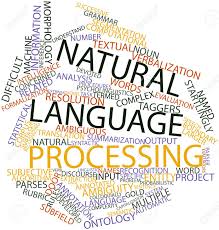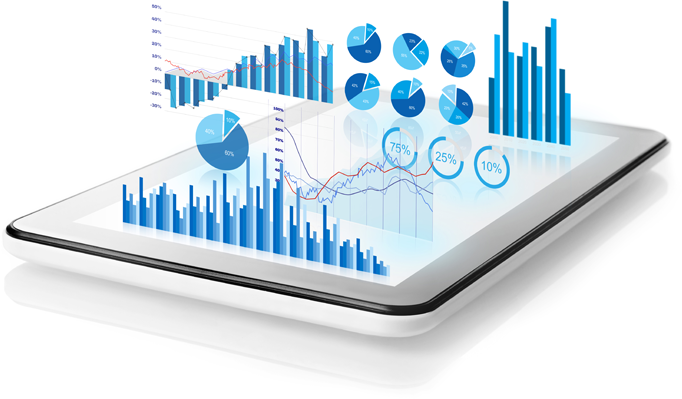Despite being around for decades, with multiple iterations, business intelligence (BI) remains locked in a technological ivory tower; accessible to only the most senior executes or technically sophisticated employees. But that’s going to change in 2018. Here are a few predictions for what’s next in BI:
- Analysts Focus on Insights – The professionals in charge of BI reporting previously spent much of their time crunching numbers and looking closely at data. In 2018 and beyond more of this work will be automated, empowering decision makers to spend more time utilizing analytics to guide decisions while analysts spend a lot less time producing analytics and more time on strategic data initiatives.
- BI Goes Mainstream in the Enterprise – This technology will no longer be confined to discrete departments or senior executives. Instead, it will used by professionals across departments to satisfy a wide range of business goals. As the accessibility of BI has improved, its utility and applicability have improved as well.
- NLP on the Rise – Natural language processing (NLP) will make BI more accessible than ever in 2018. When users
 can rely on search terms of their own creating rather than rigid commands and inputs, BI becomes much easier and more intuitive. As a result, BI will become a common tool for professionals at all levels.
can rely on search terms of their own creating rather than rigid commands and inputs, BI becomes much easier and more intuitive. As a result, BI will become a common tool for professionals at all levels.
- CDO in the C-Suite – Data is correctly seen as the resource that all future business will run on. That preeminence has given rise to the Chief Data Officer (CDO) position. These executives will be tasked with imagining, planning, implementing, and managing large-scale data initiatives in a way that delivers maximum impact.
- Governance Opens – The sensitivity of data lead companies in the past to take a top-down approach to governance and institute strict controls and severe limits. That notion is beginning to open up as companies realize the importance of accessibility and flexibility. While governance isn’t going away – and it shouldn’t – look for the rules specifically around access to become less restrictive in 2018 and to invite more input from the bottom up.
- Data Engineers in Demand – The demand for data engineers has been fierce over the last few years, and that will only intensify in 2018. Companies need highly-skilled engineers to perform complex operations with the data, including developing, maintaining, and testing infrastructures for data generation. Conversely, more accessible and automatic tools coming online eliminate the need for smaller companies to add an expensive new engineer.
- Location of Things – Connected devices have exploded in recent years. This provides new and diverse touch points for BI data collection including locations information. That data will become even more valuable in 2018 as IoT devices get better at understanding geo-location and how it reflect user behaviors. Information being used for BI will be enhanced with a rich layer of context and enable data collection from a larger number of locations.
- Academia Goes All In – There is little doubt that BI, machine learning, automation, artificial intelligence, and other data-driven technologies will propel the future. To develop the workforce necessary to seize this opportunity, universities are opening new data science departments and developing new degree paths. Talent shortages have always been an issue in regard to effective BI, but the trend appears to be shifting in a positive direction.
The broadest trend for 2018 is BI increasingly shifting from exclusive use in the boardroom and going fully into the mainstream. By the end of 2017 the global market for BI software is projected to top $18.3 billion. Don’t be surprised if the figure is significantly higher by the end of 2018. The companies that are avoiding this technology are not exercising healthy caution. They are falling behind competition that is speeding up quickly.

